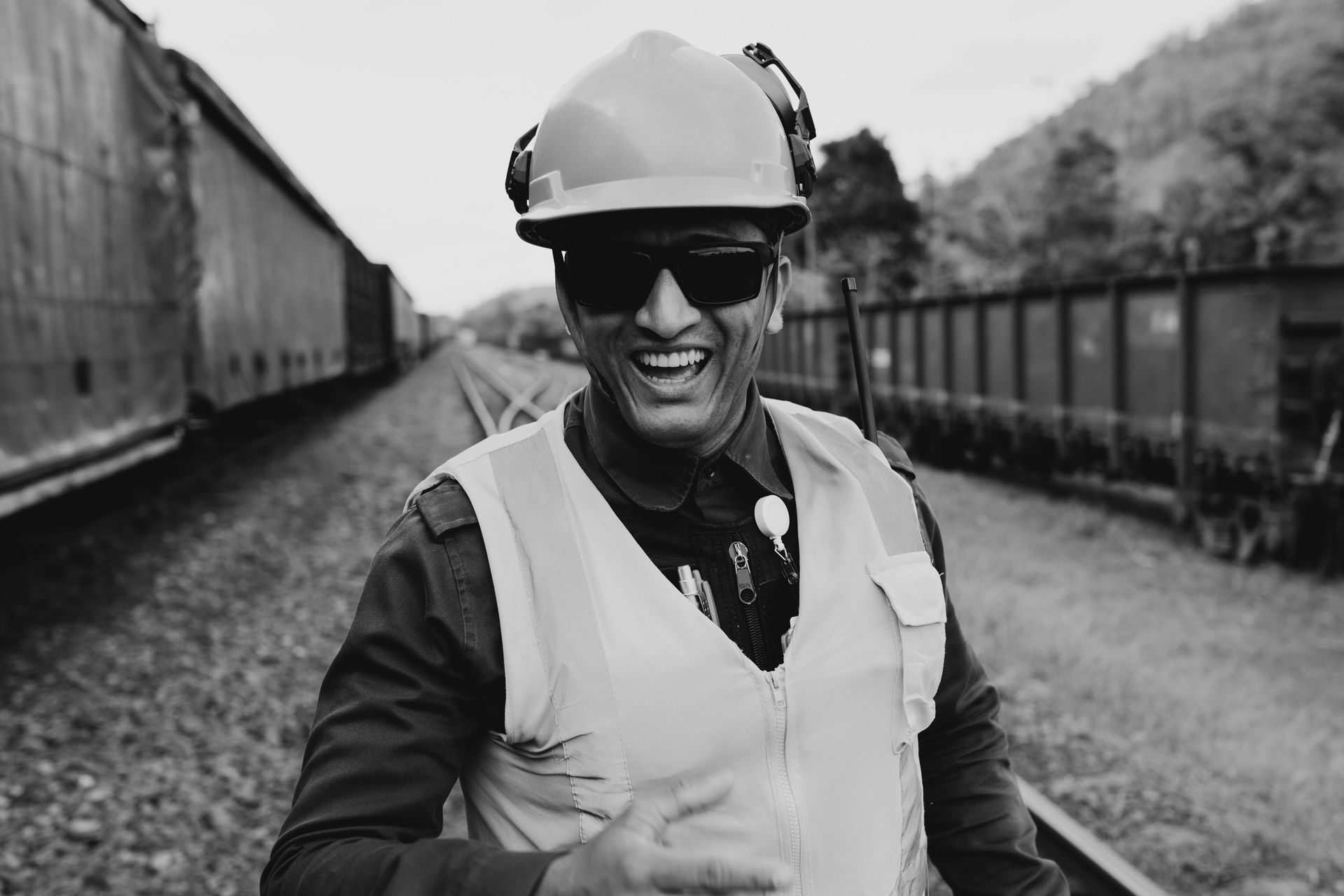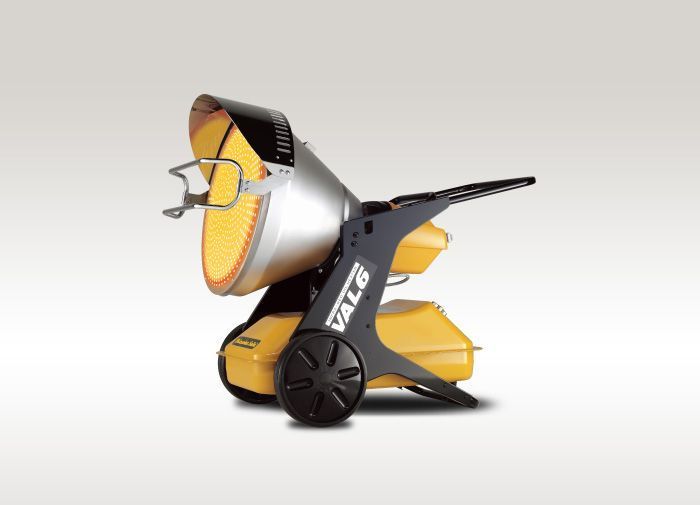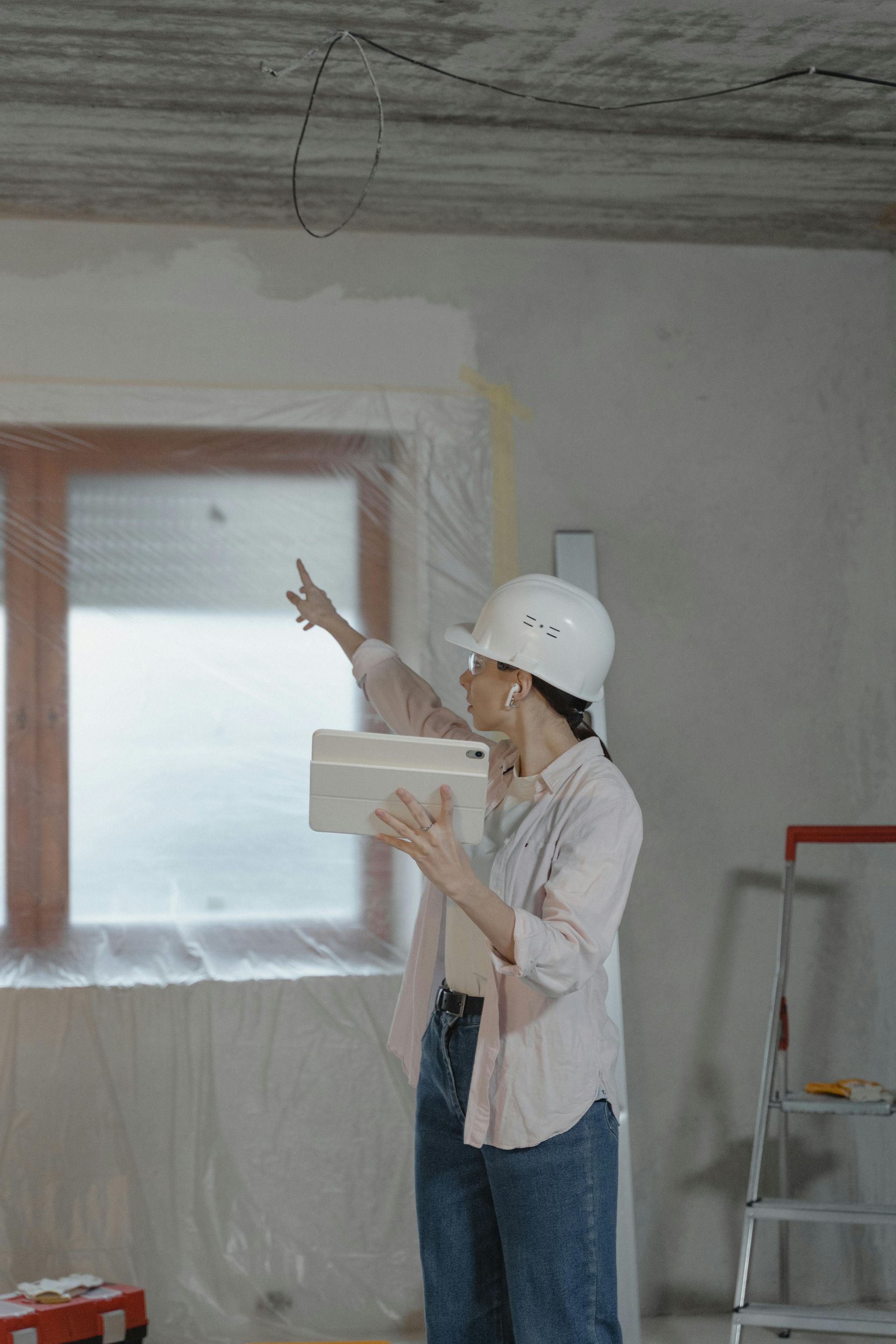The Ultimate Guide to Portable Infrared Heating with VAL6
WHY VAL6: TOP REASONS PROFESSIONALS CHOOSE OUR HEATERS
Professionals across construction, facilities management, events, and industrial sectors trust VAL6 for one simple reason:
We deliver maximum efficiency, comfort, and reliability—where other heaters fall short.
The VAL6 DIFFERENCE
- Superior Fuel-to-Heat Conversion: Up to 99.9% efficiency. That means nearly every drop of fuel is converted into usable, odorless, quiet heat.
- Fast, Direct Warmth: Heats people and objects (not just air), ensuring immediate comfort even in open, drafty settings.
- Low Noise and Emissions: Silent operation (≤65 dB) and smoke-free combustion deliver unparalleled workplace comfort and safety.
- Durability: Built with quality materials to withstand daily use, harsh environments, and transport, all designed for durability.
- Nationwide Support: Dealers, certified service teams, and easy-access warranty coverage coast-to-coast.


“Our crews can actually work through winter—no downtime for warm-up, and no complaints about fumes or dry air. Our fuel savings paid for the upgrade before the season ended.”
—Facilities Supervisor, Chicago
UNDERSTANDING BTU: THE HEATER INDUSTRY’S UNIVERSAL METRIC
What Is a BTU?
A BTU (British Thermal Unit) measures the energy required to raise one pound of water by one degree Fahrenheit. It is the industry standard for quantifying a heater’s power and determining which unit you need for optimum comfort and efficiency.
While it is often assumed that a higher BTU rating means more heat, this is not necessarily the case in practical applications. More BTUs primarily indicate greater fuel consumption, which can lead to higher operational costs over time if efficiency is not optimized. The real measure of heating effectiveness depends on how efficiently a heater converts fuel into usable heat.
For example, a system with a high BTU output but low fuel efficiency may consume more fuel and produce less actual warmth in a space compared to a lower BTU unit engineered for optimal fuel-to-heat conversion. Therefore, prioritizing heaters that deliver high fuel efficiency ensures that more of the energy consumed goes directly into warming people and spaces, reducing waste and long-term fuel expenses. In essence, bigger BTUs without matching efficiency translate to higher fuel bills—not necessarily better heating comfort.
SIZING CHART:
HOW MANY BTUs DO I NEED?
| Space Size (sq. ft.) | Recommended BTUs | Example Usage |
|---|---|---|
| Up to 150sqft | 5,000-7,000 BTUs | Small workshop or garage |
| 300sqft | 10,000 BTUs | Office, large studio, lobby |
| 500sqft | 17,000 BTUs | Retail, big workshop |
| 1500sqft | 34,000+ BTUs | Warehouse, industrial setting |
THE SCIENCE OF INFRARED RADIANT HEAT
What is Infrared Heating
Infrared radiant heat uses a safe, electromagnetic wavelength to directly warm people and surfaces—bypassing the inefficiencies and discomfort of slowly heating air.
- Analogy: Like the sun on a cool day, you feel warm under its rays—even when the air is chilly.
- Result: Immediate comfort on demand, zero time wasted.
How Infrared Heaters Work
- Heating Element: Typically quartz, ceramic, or high-efficiency metal.
- Radiation: Emits a radiant wave—short, medium, or long—picked to match the space and application.
- Direct Transfer: Energy is absorbed by bodies, floors, tools, and objects, which also re-radiate heat for a comfortable and even environment.

| Type | Common Applications | Advantages | Drawbacks |
|---|---|---|---|
| Quartz Tube | Industrial, workshops | Fast heat, durable, portable | Slightly higher cost |
| Ceramic Plate | Manufacturing, drying | Uniform, robust, process-perfect | Bulkier |
| Electric Panel Propane/Gas | Offices, residential | Quiet, clean, low-profile | Lower output, indoor only |
| Diesel/Kerosene | Outdoor, sites, events | High BTU, not dependent on grid | Fuel Storage Needed |
CHOOSING INFRARED WAVELENGTH
- Short Wave: Penetrates drafts—ideal for outdoor/professional environments.
- Medium Wave: Great balance for mixed indoor-outdoor or semi-exposed areas.
- Long Wave: Best for calm, well-insulated rooms where gradual, gentle warmth is preferred.
INFRARED vs. CONVECTION (TORPEDO) HEATERS
The Problem with Conventional Heat
Traditional torpedo or convection heaters work by warming air. However, because air is a poor carrier of thermal energy and can’t be controlled, it inefficiently delivers heat to the intended object. Therefore, the majority of the fuel is wasted.
Infrared: The Solution for Professionals
Infrared heaters target exactly what—and who—needs warmth.
- Heats instantly, even with open doors/windows.
- Keeps air clear of dust and pollutants.
- Operates silently—no roaring motors or loud fans.
- Delivers up to 30% better fuel efficiency in real-world usage.
| Infrared Radiant (VAL6) | Convection/Torpedo Heaters | |
|---|---|---|
| Heat Delivery | Infrared, Direct | Air first, Indirect |
| Efficiency | Up to 99.9% | 70-85% |
| Start-up Time | Under 1 Minute | 5-10 Minutes |
| Air Quality | No dust/dryness | Circulates Dust/Dry Air |
| Performance in Drafts | Strong, unaffected | Loses heat rapidly |
| Noise | ≤65 dB (quiet) | >70 dB (loud) |
“Our competitors’ air blowers couldn’t keep workers warm with the bay open. The switch to VAL6 infrared cut our fuel costs, improved comfort, and let production continue all day.”
—Plant Manager, Toronto
EXPLORE VAL6 PRODUCT FEATURES & COMPETITIVE COMPARISON
PRODUCT FEATURES
- Up to 20 Hours Runtime: Extended shifts, single refuel.
- Rapid Warm-Up: 60 seconds or less to effective temperature.
- Dual Fuel Options: Models available for diesel, kerosene, propane, and natural gas.
- Advanced Safety: Automatic tip-over shut-off, thermostat controls, closed flame system.
- Portability: Compact, rugged design—easy to move around the jobsite or facility.

CUSTOMER STORIES & PROOF
Real Experiences with Val6 Infrared Heaters
“It Paid for Itself in Three Months”
“Our 24/7 operation required a solution that kept the whole loading dock warm—to the minute. After switching to VAL6, comfort complaints are gone, and our utility savings paid for the heater in three months.”
—Regional Distribution Manager
“No More Fumes or Dust Complaints”
“In the past, torpedo heaters made the air thick and dusty. With our new VAL6, air quality improved and our team stayed productive. We’ll never go back.”
—Owner, Outdoors Event Rental
FREQUENTLY ASKED QUESTIONS
Got questions about our Val6 Infrared Heaters? We’ve compiled a list of common inquiries to help you understand our products better.
How do I decide which model is right for my space?
Use our [BTU calculator] or schedule a consultation. Our specialists evaluate your space - ceiling height, insulation, and application to recommend the best model.
Are VAL6 heaters compliant and safe for indoor use?
All models are certified to UL/CSA/ETL standards, with integrated safety protections and closed-flame options for safe indoor operations.
How does VAL6 compare to cheaper convection heaters?
While the initial investment may be higher, VAL6’s fuel savings, low maintenance needs, and superior comfort quickly deliver ongoing ROI.
How does VAL6 compare to other comparable radiant infrared heaters?
With over 100 years of history and a legacy of quality craftsmanship, Val6 delivers the most efficient and reliable infrared heaters, combining superior design with unmatched heating performance.
Does VAL6 offer service and replacement parts?
Yes. We maintain a nationwide dealer and service network with genuine parts and expert support for rapid, reliable repairs.
“Our competitors’ air blowers couldn’t keep workers warm with the bay open. The switch to VAL6 infrared cut our fuel costs, improved comfort, and let production continue all day.”
—Plant Manager, Toronto

